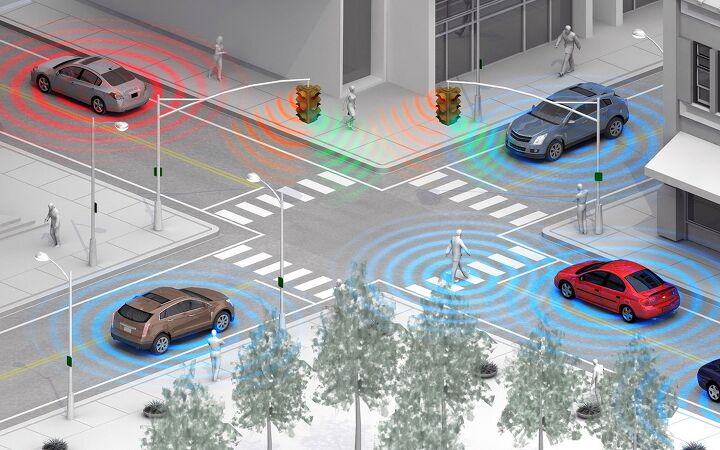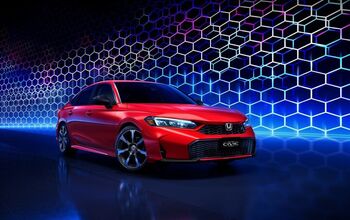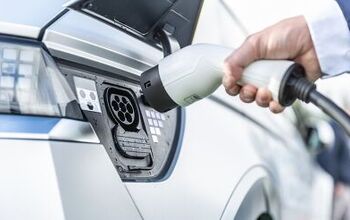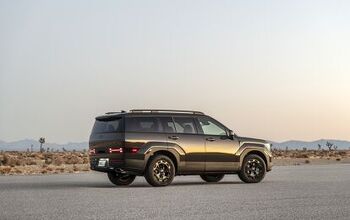NHTSA Moving Ahead With Car-to-Car Communication

The National Highway Traffic Safety Administration (NHTSA) said today that it will start taking steps toward bringing vehicle-to-vehicle communication to reality for light vehicles.
“Vehicle-to-vehicle technology represents the next generation of auto safety improvements, building on the life-saving achievements we’ve already seen with safety belts and air bags,” said U.S. Transportation Secretary Anthony Foxx.
The technology would allow cars to quickly communicate information about upcoming hazards that the driver may not be able to see. Foxx said today that V2V technology has the potential to prevent between 70 and 80 percent of crashes among unimpaired drivers, calling its potential “absolutely enormous.” Roughly 33 percent of highway deaths in the U.S. are alcohol related. Roughly 32,000 people are killed in U.S. highway crashes each year.
“By helping drivers avoid crashes, this technology will play a key role in improving the way people get where they need to go while ensuring that the U.S. remains the leader in the global automotive industry,” Foxx said.
SEE ALSO: Connected Car Tests in Michigan Extended by NHTSA
NHTSA said today that the results of studies on the technology will be released in the coming weeks without specifying an exact date.
Late last August, NHTSA said it planned to extend a testing program it began a year earlier in Ann Arbor, Mich. for an additional six months. That period will conclude at the end of this month. The $25 million study is being conducted in partnership with eight automakers and the University of Michigan using 2,800 cars, trucks and busses. The U.S. Department of Transportation is providing 80 percent of the funding for the project, which covers 73 miles of roadway outfitted with roadside communication devices.
“Decades from now, it’s likely we’ll look back at this time period as one in which the historical arc of transportation safety considerably changed for the better, similar to the introduction of standards for seat belts, airbags, and electronic stability control technology,” said NHTSA Acting Administrator David Friedman.
But the idea of cars “talking” to each other could rase questions about personal privacy. NHTSA addressed potential concerns today, saying V2V technology does not involve the exchange or recording of personal information or the tracking of vehicle movement. Basic safety data is all that the system exchanges.

Luke is an energetic automotive journalist who spends his time covering industry news and crawling the internet for the latest breaking story. When he isn't in the office, Luke can be found obsessively browsing used car listings, drinking scotch at his favorite bar and dreaming of what to drive next, though the list grows a lot faster than his bank account. He's always on <A title="@lukevandezande on Twitter" href="http://twitter.com/lukevandezande">Twitter</A> looking for a good car conversation. Find Luke on <A title="@lukevandezande on Twitter" href="http://twitter.com/lukevandezande">Twitter</A> and <A title="Luke on Google+" href="http://plus.google.com/112531385961538774338?rel=author">Google+</A>.
More by Luke Vandezande
































Comments
Join the conversation